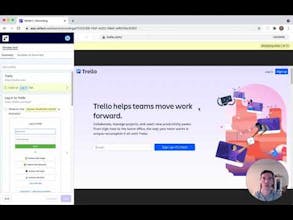Reflect is Automated web testing that anyone can use. No-code, No-installation user experience website testing.
This is the 2nd launch from Reflect . View more

Reflect 2.0
Reflect is a no-code, cloud-based platform for creating end-to-end tests. It's the fastest way to create and maintain end-to-end tests for your web app.

Free Options
Launch Team










Reflect
ChatAndBot
Reflect
Flow Club
Reflect